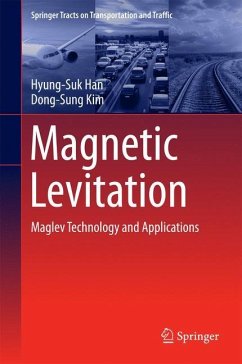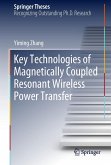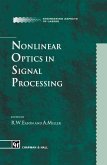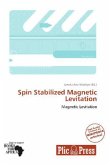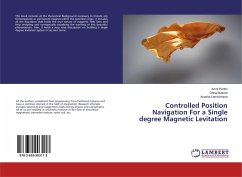This book provides a comprehensive overview of magnetic levitation(Maglev) technologies, from fundamental principles through to thestate-of-the-art, and describes applications both realised and underdevelopment.
It includes a history of Maglev science and technology showing thevarious milestones in its advancement. The core concepts, operating principlesand main challenges of Maglev applications attempted across various fields areintroduced and discussed. The principle difficulties encountered when applyingMaglev technology to different systems, namely air gap control andstabilization, are addressed in detail. The book describes howmajor advancements in linear motor and magnet technologies have enabledthe development of the linear-motor-powered Maglev train, which has a highspeed advantage over conventional wheeled trains and has the potential to reachspeed levels achieved by aircraft. However, many expect that Maglevtechnology to be a green technology that is applied not only in rail transportation,but also in diverse other fields; to ensure clean transfer in LCDmanufacturing, in ropeless high speed elevators, small capacity railtransportation, space vehicle launchers, missile testers, energy storage, andso on. These potential applications and their unique challenges and proposedtechnological solutions are introduced and discussed in depth.
The book will provide readers from academia, research institutes andindustry with insights on where and how to apply Maglev technology, and willserve as a guide to the realization of their Maglev applications.
It includes a history of Maglev science and technology showing thevarious milestones in its advancement. The core concepts, operating principlesand main challenges of Maglev applications attempted across various fields areintroduced and discussed. The principle difficulties encountered when applyingMaglev technology to different systems, namely air gap control andstabilization, are addressed in detail. The book describes howmajor advancements in linear motor and magnet technologies have enabledthe development of the linear-motor-powered Maglev train, which has a highspeed advantage over conventional wheeled trains and has the potential to reachspeed levels achieved by aircraft. However, many expect that Maglevtechnology to be a green technology that is applied not only in rail transportation,but also in diverse other fields; to ensure clean transfer in LCDmanufacturing, in ropeless high speed elevators, small capacity railtransportation, space vehicle launchers, missile testers, energy storage, andso on. These potential applications and their unique challenges and proposedtechnological solutions are introduced and discussed in depth.
The book will provide readers from academia, research institutes andindustry with insights on where and how to apply Maglev technology, and willserve as a guide to the realization of their Maglev applications.

